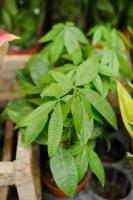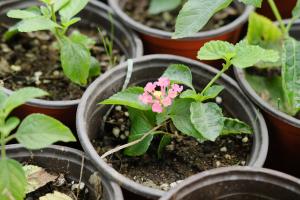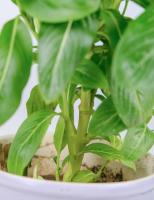When to Plant Fig Trees
Fig trees are a popular fruit tree in both commercial orchards and home gardens. These trees can thrive in a variety of climates and soil types, making them a versatile and low-maintenance addition to any landscape. However, proper planting is essential to ensure a healthy and productive tree. In this article, we will discuss the best time to plant fig trees and tips for successful planting and care.
Best Time to Plant Fig Trees
The ideal time to plant a fig tree is in the spring or fall when the temperatures are mild and the soil is moist. Planting in the spring allows the tree to establish itself before the hot summer weather, while fall planting gives the roots time to grow before the winter dormancy period. Avoid planting during the hottest months of the summer or the coldest months of the winter.
Choosing the Planting Site
When selecting a site for your fig tree, choose a location that gets plenty of sunlight and has well-draining soil. Fig trees prefer a slightly acidic soil with a pH between 6.0 and 6.5. Avoid planting in low-lying areas or areas where water may collect, as fig trees do not tolerate wet roots. Make sure there is enough space for the tree to grow and spread its roots.
Preparing the Planting Hole
Prepare the planting hole by digging a hole twice as wide and just as deep as the root ball of the fig tree. Mix in compost or well-rotted manure to improve the soil quality and provide nutrients. Create a small mound in the center of the hole to support the base of the tree.
Planting the Fig Tree
Carefully remove the fig tree from its container and loosen the roots. Gently place the tree on the mound in the center of the hole, making sure the top of the root ball is level with the surrounding soil. Fill in the hole with soil and firmly pack it around the tree. Water the tree thoroughly to settle the soil and remove any air pockets.
Caring for Fig Trees
Water the fig tree regularly to keep the soil moist but not saturated. Fertilize the tree with a balanced fertilizer in the spring and again in midsummer. Prune the tree in the winter to remove dead or diseased branches and maintain its shape. Mulch around the base of the tree to help retain moisture and suppress weeds.
Conclusion
Planting a fig tree can be a rewarding experience, providing delicious fruit and a beautiful addition to your landscape. By choosing the right planting site, preparing the soil, and providing proper care, your fig tree will thrive for years to come. Remember to plant in the spring or fall, and enjoy the sweet taste of figs straight from your own garden!

 how many times do yo...
how many times do yo... how many planted tre...
how many planted tre... how many pine trees ...
how many pine trees ... how many pecan trees...
how many pecan trees... how many plants comp...
how many plants comp... how many plants can ...
how many plants can ... how many plants and ...
how many plants and ... how many pepper plan...
how many pepper plan...






























